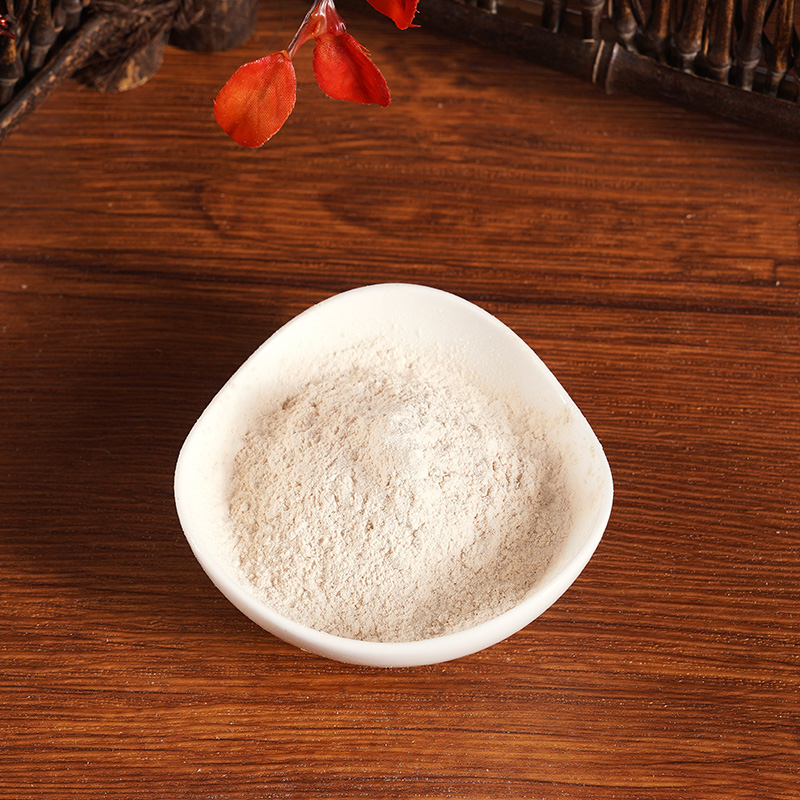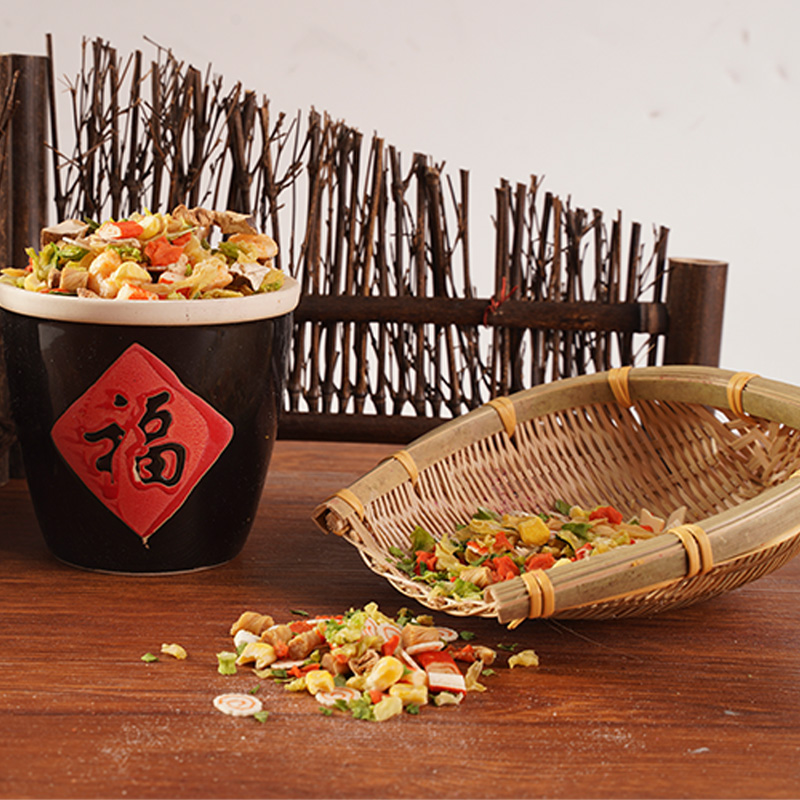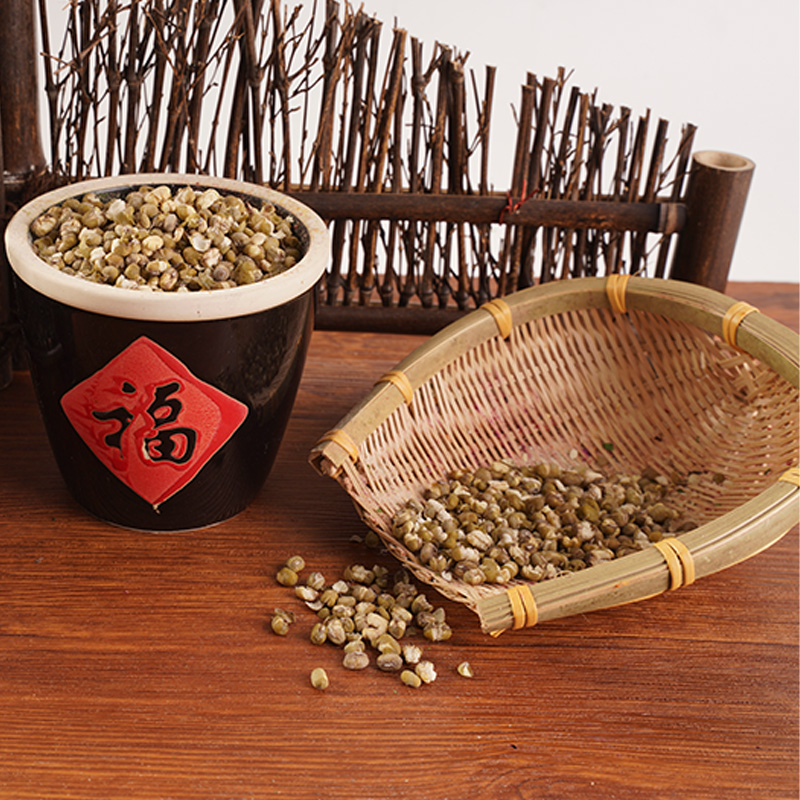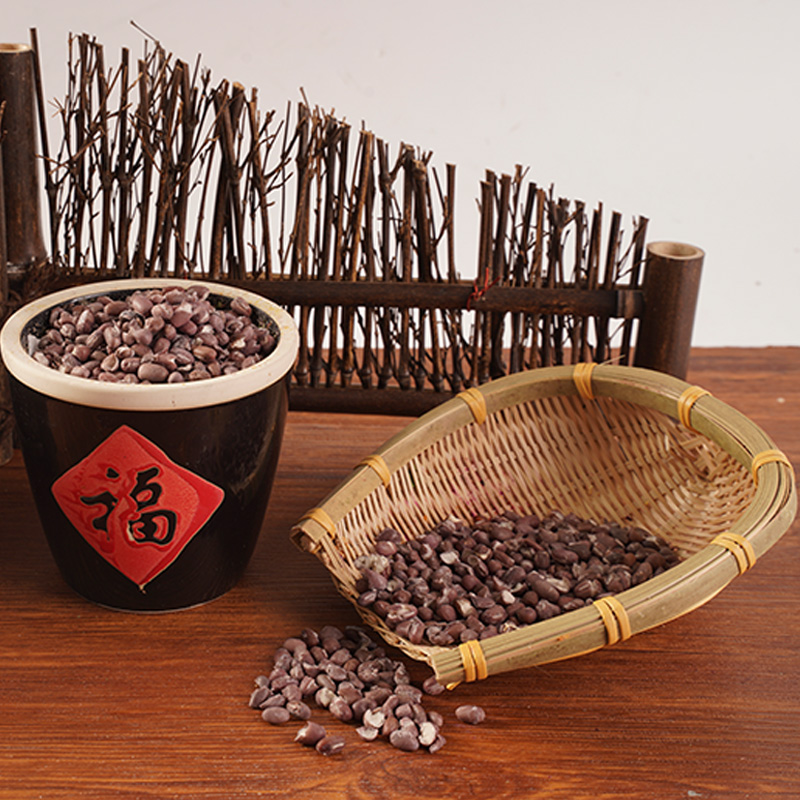Are Dehydrated Vegetables Worth It for Camping/Hiking?
For backpackers and campers meticulously counting every ounce and optimizing pack space, the question of food choices is paramount. Among the options, dehydrated vegetables frequently surface as a potential solution. But are they truly worth incorporating into your trail menu?
The Core Advantages: Weight, Space, and Shelf Life
The primary arguments for dehydrated vegetables are undeniable:
Significant Weight Reduction: Dehydration removes up to 90-95% of the water content found in fresh produce. This drastic reduction translates directly into a lighter pack, a critical factor on long hikes or challenging terrain. Carrying a mix of dehydrated vegetables like carrots, peas, corn, and bell peppers contributes negligible weight compared to their fresh counterparts.
Minimal Pack Volume: Without water, dehydrated vegetables shrink dramatically. A small bag can contain the equivalent of several cups of fresh vegetables, freeing up valuable space for other essential gear.
Extended Shelf Stability: Properly dehydrated and stored vegetables can last for months, even years, without refrigeration. This makes them ideal for longer trips or for keeping in a camping kit ready for spontaneous adventures, eliminating concerns about spoilage common with fresh produce.
Nutritional Considerations: Retention vs. Loss
A key concern is nutrition. The dehydration process does affect certain nutrients:
Heat-Sensitive Vitamins: Vitamin C and some B vitamins are particularly susceptible to degradation during the dehydration process and subsequent storage. Levels will be lower than in fresh-picked vegetables.
Preserved Nutrients: However, many other nutrients, including fiber, minerals (like potassium and iron), and vitamins A (as carotenoids) and K, remain relatively stable and well-preserved in dehydrated vegetables.
Comparison to Alternatives: While not nutritionally identical to fresh, dehydrated vegetables offer significantly more vitamins, minerals, and fiber than most shelf-stable camping alternatives like instant noodles or heavily processed snacks. They provide essential micronutrients often lacking in trail diets.
Practicality on the Trail: Convenience Factor
Using dehydrated vegetables involves trade-offs in preparation:
Rehydration Requirement: Unlike snacking on a fresh carrot, dehydrated vegetables need time and water to rehydrate. This is most efficiently done by adding them directly to meals during cooking (e.g., soups, stews, pasta dishes, rice) where they can simmer and absorb liquid. Adding them to boiling water 10-15 minutes before eating is typical. Planning meal prep time is necessary.
Texture: Rehydrated vegetables generally won't replicate the crispness of fresh. They tend to be softer. However, many find the texture perfectly acceptable, especially when incorporated into cooked meals.
Convenience: Once rehydrated, they require no washing, peeling, or chopping at camp, saving time and effort, and minimizing waste that needs to be packed out.
Cost Analysis: Investment vs. Usage
Cost is a factor:
Upfront Cost: Commercially prepared dehydrated vegetables often have a higher upfront cost per ounce than fresh produce bought in bulk. DIY dehydrating requires an initial equipment investment.
Value Over Time: The extended shelf life reduces waste. The concentrated nature means a small amount provides significant volume when rehydrated. For frequent backpackers, the long-term value and reduced spoilage can offset the initial cost. DIY dehydrating can be very cost-effective for home gardeners or bulk buyers.
The Verdict: A Resounding "Yes" for Most Backpackers
For camping and hiking, where minimizing weight and maximizing space and food stability are critical priorities, dehydrated vegetables present a highly practical solution. While they involve a slight compromise on texture and some nutrient loss (especially Vitamin C), their advantages overwhelmingly support their inclusion:
They dramatically reduce pack weight and volume.
They offer exceptional shelf life for trip planning.
They deliver essential fiber, minerals, and many vitamins far superior to many other lightweight trail food options.
They add flavor, color, and nutritional diversity to camp meals with minimal in-field prep hassle after rehydration.
Are dehydrated vegetables worth it for camping and hiking? For the vast majority of backpackers focused on efficiency, packability, and ensuring vegetable intake on the trail, the evidence leans strongly towards yes. They are not a perfect replacement for fresh produce, but they are an exceptionally effective tool for addressing the unique challenges of backcountry nutrition. Integrating dehydrated vegetables into your meal planning is a strategic choice that enhances the overall quality and practicality of your wilderness food supply.
News Category
- Company News(1)
- Industry News(68)



 English
English русский
русский 日本語
日本語 한국어
한국어 中文简体
中文简体












